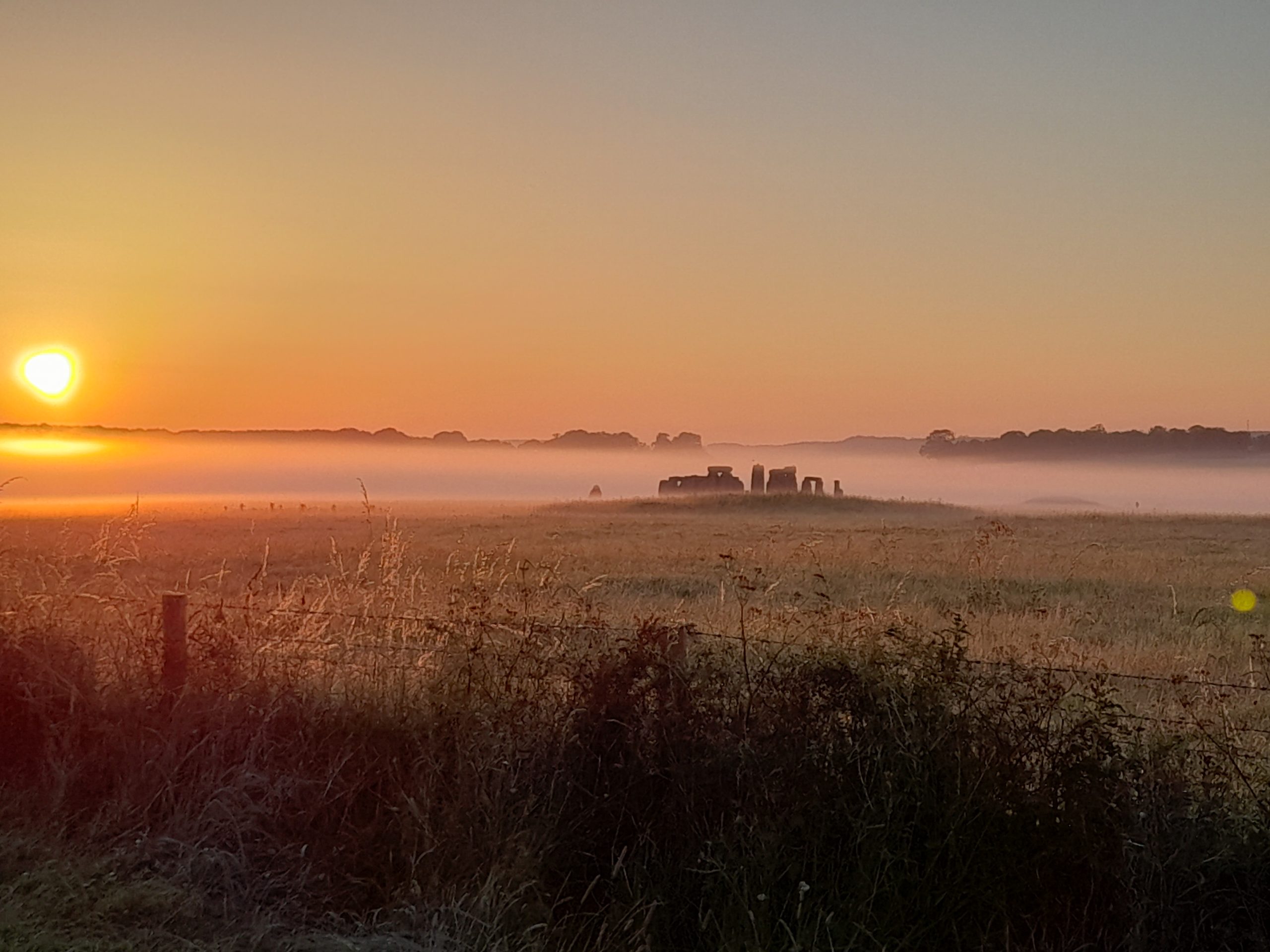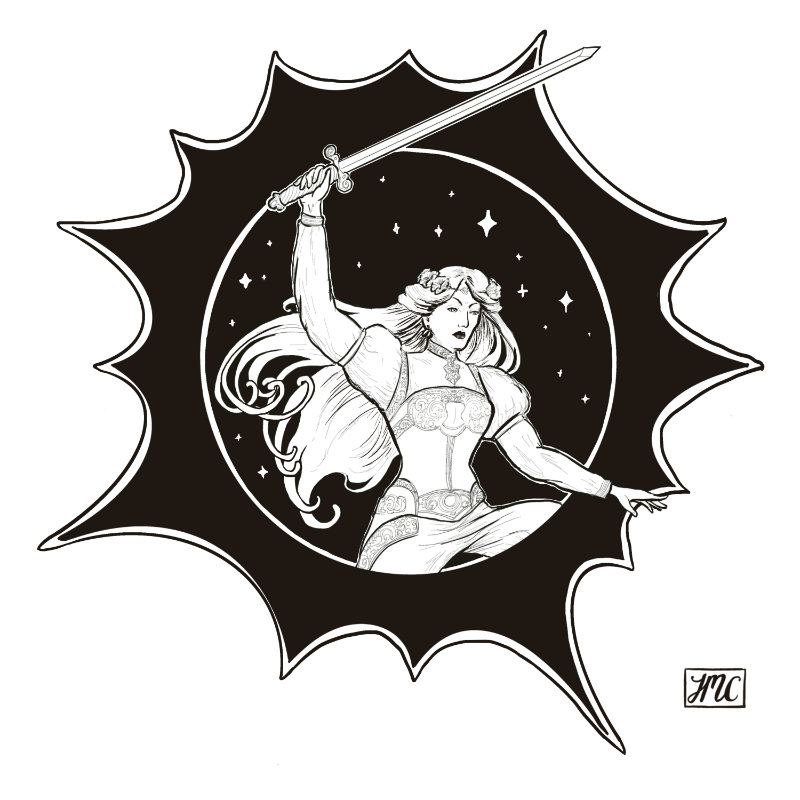Your basket is currently empty!

Lyric Fantasy (fantasy that sings) – how much is it linked to the pastoral?
Lyrical fantasy is very much in the ‘I know what it is when I read’ it category, but as we’ve made it a theme for this convention I’ll at least have a stab at defining and illustrating it and then you can all tell me I’m wrong and why.
A lyric poem, is one that can be sung. It has a musicality to it. Lyric fantasy, I will dare to suggest, has that feeling of a sung fantastic, both in the way the sentences are written and in the kind of fantasy it conjures, If I use John Clute’s idea of the TAPROOT TEXT then Hope Mirlees’ Lud-in-the Mist (1926) and Sylvia Townsend Warner’s Lolly Willowes (1926) both spring to mind. Both have an elegiac quality in which the sound of magic rustles through the words.
This is not about ‘good writing’, there is plenty of good writing that is not lyrical, does not have that quality of poiesis, the act of creation or making in its very bones. Gili Bar-Hillel,writes “ I sometimes stop while reading to reread and feel the sentences in my mouth, and think how non-obvious they would be to translate.” One of our guests, Suniti Namjoshi, has that quality: a poet as well as a fabulist, short story writer and novelist, her prose is easy to read aloud, the words singing the fantastic.
Classic fantasy writers with this quality include Peter Beagle, Susannah Clarke, John Crowley, Alan Garner. Greer Gilman, M. John Harrison, Nalo Hopkinson, Margo Lanagan, Patricia McKillip, and Delia Sherman. Newer writers include Tiffani Angus, Darcie Little Badger, Kathleen Jennings, Amal Al Mohtar, Erin Morgernstern, Naomi Novik, Sofia Samatar and Sandra Unerman.
Most of the texts I imagine as lyric (John Crowley’s Little Big, 1981; Greer Gilman’s Cloud and Ashes, 2005; Darcie Little Badger’s A Snake Falls to Earth, 2021) partake of something of the pastoral. Many of them are set in spring, although the numinous quality of winter is there in Gilman’s Cloud and Ashes, in Naomi Novik’s Spinning Silver (2021) and Liz Williams’ Blackthorn Winter (2021).
And they all seem to be set in fairly closed spaces; some, such as House of Leaves (2000 by Mark Z. Danielewski, Susanna Clarke’s Piranesi (2020) and Steve Cockayne in Wanderers and Islanders (2002), are confined to houses.
It does raise the question as to whether you can write a lyric fantasy in wide canvas or an urban setting. Some of the New Weird writers did just that as in Jeff VanderMeer’s Vennis Underground (2003) or China Mieville’s Perdido Street Station (2000): both of these books have something of the grotesque and weird, but they also make poetry of entire cities and you can feel the spaces they create resonate with urban music.
Lyric fantasy is still in my ‘I know what it is when I read it’ category, but now I can say ‘and these are the lyric fantasists worth reading’. World Fantasy will be highlighting this elusive category this year, so we have plenty of opportunity to argue about it.
For more reading suggestions, see our Timeline of Lyrical Fantasy.

Leave a Reply